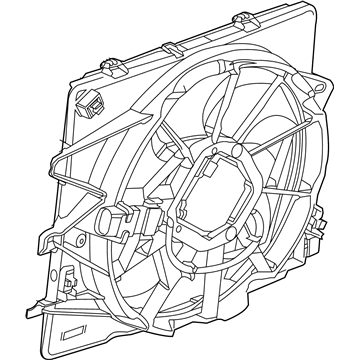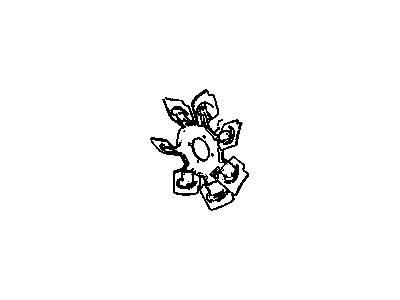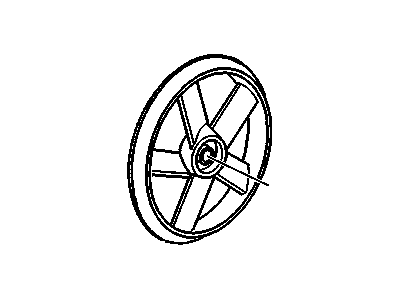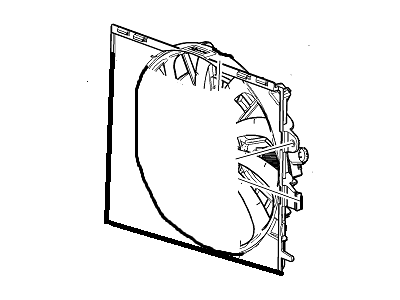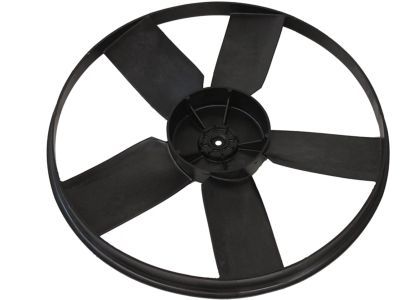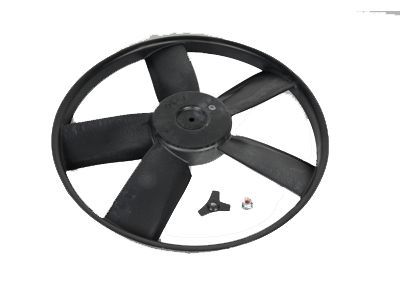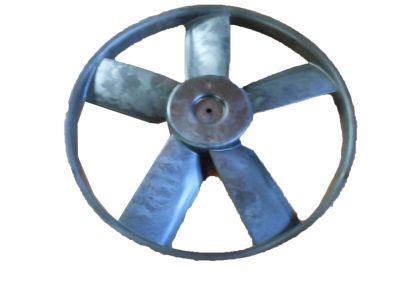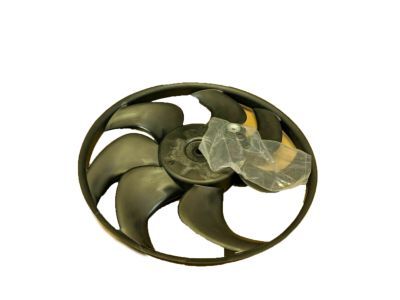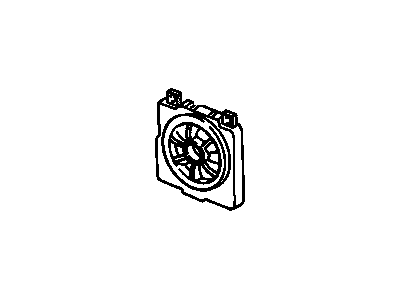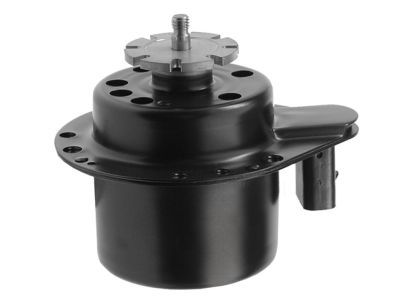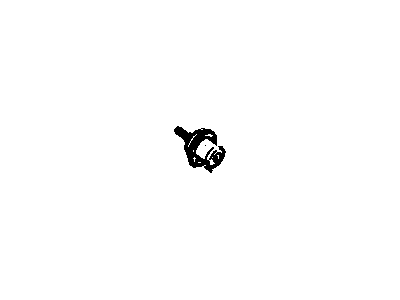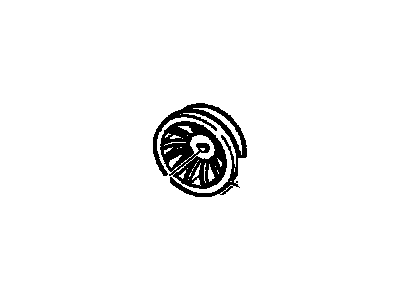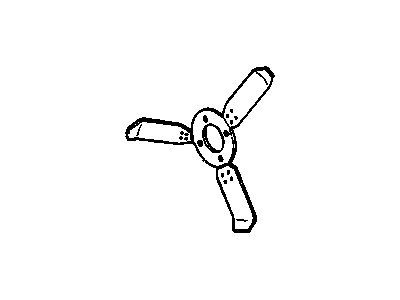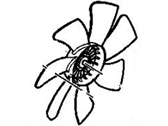
My Garage
My Account
Cart
Genuine Chevrolet Camaro Radiator fan
Radiator Cooling Fan- Select Vehicle by Model
- Select Vehicle by VIN
Select Vehicle by Model
orMake
Model
Year
Select Vehicle by VIN
For the most accurate results, select vehicle by your VIN (Vehicle Identification Number).
19 Radiator fans found
Chevrolet Camaro Fan Assembly, Eng Clr
Part Number: 84790788$413.66 MSRP: $853.80You Save: $440.14 (52%)Ships in 1-2 Business DaysChevrolet Camaro F, Fan Assembly
Part Number: 10000338$42.28 MSRP: $60.76You Save: $18.48 (31%)Ships in 1-2 Business DaysChevrolet Camaro Blade,Fan
Part Number: 22762583$32.53 MSRP: $61.37You Save: $28.84 (47%)Ships in 1-2 Business DaysChevrolet Camaro Fan Assembly, Eng Clr
Part Number: 84392557$347.30 MSRP: $655.26You Save: $307.96 (47%)Chevrolet Camaro Blade Assembly, Engine Coolant Fan
Part Number: 21999768$27.57 MSRP: $52.02You Save: $24.45 (47%)Ships in 1-2 Business DaysChevrolet Camaro Blade,Engine Cooling Fan
Part Number: 21999769$27.76 MSRP: $52.38You Save: $24.62 (47%)Ships in 1-2 Business DaysChevrolet Camaro Fan Kit,Electric Cooling
Part Number: 22098787$20.23 MSRP: $37.92You Save: $17.69 (47%)Ships in 1-2 Business DaysChevrolet Camaro Blade,Fan
Part Number: 22762584$32.30 MSRP: $60.94You Save: $28.64 (47%)Ships in 1-2 Business DaysChevrolet Camaro FAN ASM-ENG CLR
Part Number: 85516898$474.09 MSRP: $894.51You Save: $420.42 (47%)Ships in 1-3 Business DaysChevrolet Camaro Fan Assembly, Eng Clr
Part Number: 84310377$281.20 MSRP: $530.56You Save: $249.36 (47%)Ships in 1-3 Business DaysChevrolet Camaro Fan Assembly, Engine Cooler
Part Number: 84001483$206.16 MSRP: $425.51You Save: $219.35 (52%)
Chevrolet Camaro Radiator fan
The Radiator Fan in Chevrolet Camaro vehicles is critical in controlling temperature of car's engine to ensure that it does not overheat in the course of its functioning lest it end up causing a malfunction. Located usually adjacent to the radiator, it consists often of a fan blade, a mounting shroud, and a motor that pull air through the radiator to cool the hot, liquid coolant before it recirculates through the engine. For instance, different Camaro models have employed the different styles of Radiator Fan over the years in line with the developments in technology and the current design. While specific differences between these assemblies may not be detailed, the core function remains consistent: to keep a check on the engine temperature so that it prevents any harm to the engine. Continual servicing and identification of the right time to replace Radiator Fan Assembly is very essential in order to prevent overheating of the engine and eventual failure.
Each OEM Chevrolet Camaro Radiator fan we offer is competitively priced and comes with the assurance of the manufacturer's warranty for the part. Furthermore, we guarantee the speedy delivery of your orders right to your doorstep. Our hassle-free return policy is also in place for your peace of mind.
Chevrolet Camaro Radiator fan Parts Questions & Experts Answers
- Q: How to remove and install a radiator fan assembly on Chevrolet Camaro?A:If the radiator is overheating and the Radiator fan is not coming on when the radiator temperature rises to an excessive level, check the fan relays in the under hood fuse/relay box. If the relays are okay, check all wiring and connections to the fan motor. If no obvious problems are found, the problem could be the Engine Coolant Temperature (ECT) sensor or the Powertrain Control Module(PCM). Have the Radiator fan system and circuit diagnosed by a dealer service department or repair shop with the proper diagnostic equipment. To remove and install the fan assembly, start by disconnecting the cable from the negative battery terminal. Then, raise the vehicle and support it securely on jackstands. Remove the splash shield and drain the cooling system. Detach the upper radiator hose from the radiator and position it aside. Remove the air filter housing and intake duct/resonator. On ZL1 models, unclip the air deflector from the top of the fan shroud. Disconnect and plug the coolant overflow hose from the radiator filler neck. On V6 and non-supercharged VB engines, disconnect the upper radiator hose clamps and remove the hose. On supercharged VB engines, disconnect the charge air cooler hoses from the fan shroud. Slightly reposition the transmission cooler lines without disconnecting them, if equipped. Disconnect the fan harness electrical connector and detach the wire harness clips from the fan shroud. Remove the fan shroud-to-radiator mounting bolts and lift the fan/shroud assembly from the vehicle without damaging the radiator cooling fins. To detach the fan blade from the motor, remove the nut from the motor shaft and remove the fan blade from the motor. To detach the motor from the shroud, remove the retaining bolts and disconnect the electrical connector. Installation is the reverse of removal. When reinstalling the fan assembly, make sure the rubber air shields around the shroud are still in place-without them, the cooling system may not work efficiently. Reconnect the battery and refill the cooling system. Start the engine and allow it to reach normal operating temperature, then check for leaks and proper operation.
Related Chevrolet Camaro Parts
Browse by Year
2024 Radiator fan 2023 Radiator fan 2022 Radiator fan 2021 Radiator fan 2020 Radiator fan 2019 Radiator fan 2018 Radiator fan 2017 Radiator fan 2016 Radiator fan 2015 Radiator fan 2014 Radiator fan 2013 Radiator fan 2012 Radiator fan 2002 Radiator fan 2001 Radiator fan 2000 Radiator fan 1999 Radiator fan 1998 Radiator fan 1997 Radiator fan 1996 Radiator fan 1995 Radiator fan 1994 Radiator fan 1993 Radiator fan 1992 Radiator fan 1991 Radiator fan 1990 Radiator fan 1989 Radiator fan 1988 Radiator fan 1987 Radiator fan 1986 Radiator fan 1985 Radiator fan 1984 Radiator fan 1983 Radiator fan 1982 Radiator fan
